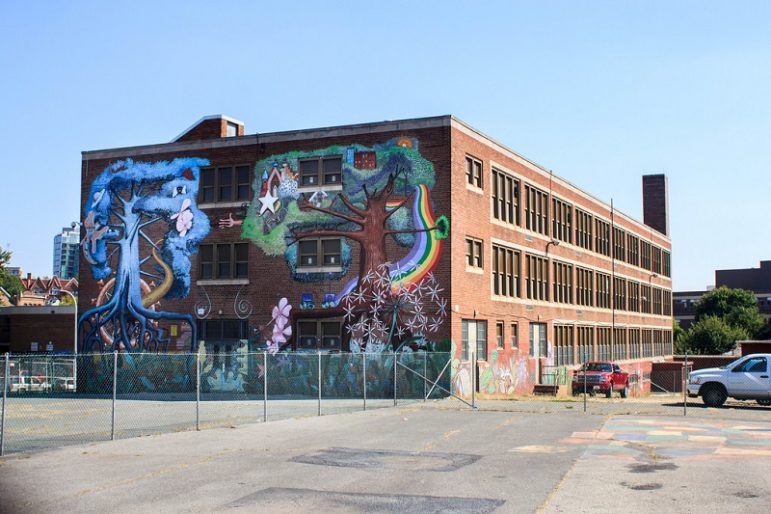
May 17, 2016; Keystone Crossroads
We are well aware that many students are not being well served by our public schools. Educating some children ends up more difficult and more expensive than others. We know that not every district can raise and spend the same amount of money on their students. But we do not often know what it would really cost to properly fund public education and overcome the barriers placed before students in low-income communities.
The Public Interest Law Center of Philadelphia just released a study that fills in the missing data for the State of Pennsylvania. They found that across the state, public schools would need to gain increased funding of between $16.5 billion and $18.6 billion if they were to ensure that every child could meet state standards.
The PILC study took a formula previously developed by a state commission charged to look at the cost of educating various cohorts of students. The formula considered the “increased need for resources for: students living in poverty; English language learners; students in charters; and, school districts in sparse or rural areas with lower enrollment.” PILC applied the formula using actual enrollment data to develop a projected cost that would support an educational program that gave each student all of the needed supports to meet the state’s desired outcomes. They also determined that if responsibility for raising the additional funds were shared following the current Pennsylvania pattern, $3.2 and $4.3 billion would be needed in new state funding, with the balance coming from local district resources. Placing this amount in context, Pennsylvania’s proposed total 2016-2017 general fund budget is $32.7 billion.
With a target for providing for the needs of all students, including the most disadvantaged, on the table, how realistic is finding these new monies? From the immediate reactions to the PILC recommendations, the will is not there.
Sign up for our free newsletters
Subscribe to NPQ's newsletters to have our top stories delivered directly to your inbox.
By signing up, you agree to our privacy policy and terms of use, and to receive messages from NPQ and our partners.
Recognizing that this was too large a bill to be paid in one year, PILC lowered the hurdle by recommending taking eight years to ramp up the funding levels. But even that pace seems beyond the will of the state’s political leadership. In an interview, Pennsylvania Governor Tom Wolf said that even doing this in eight $400 million steps was politically impossible. Proving his point, Jenn Kocher, a Republican legislative spokesperson, said, “They’re making an assumption that more money will buy you a better education, and we haven’t seen evidence of that.”
Despite these protestations, we know that educational funding levels do matter. The Education Law Center’s 2016 Funding Report Card found “low rankings on school funding fairness correlate to poor state performance on key indicators of essential education resources, including less access to early childhood education, non-competitive wages for teachers, and higher teacher-to-pupil ratios.”
Pennsylvania is not an outlier on the issue of properly funding its children’s education. Similar computations of what is actually needed have come up with similar results: “In a 2011 report, the Massachusetts Budget and Policy Center estimated that schools are underfunded by at least $2 billion.”
The alternative approach to finding the will to raise the funds that are needed had been to address the differences between what wealthy districts and poorer districts actually spend and try to reallocate resources so that the most disadvantage students get a larger share of the budget. But these efforts run also find themselves running into gale force political winds.
Liz King, director of education policy at the Leadership Conference on Civil and Human Rights recently challenged policymakers, asking, “When is it ever okay to spend less money on the education of poor children than we spend on the education of non-poor children?” Unfortunately, in many states, the answer is “always.”—Martin Levine











